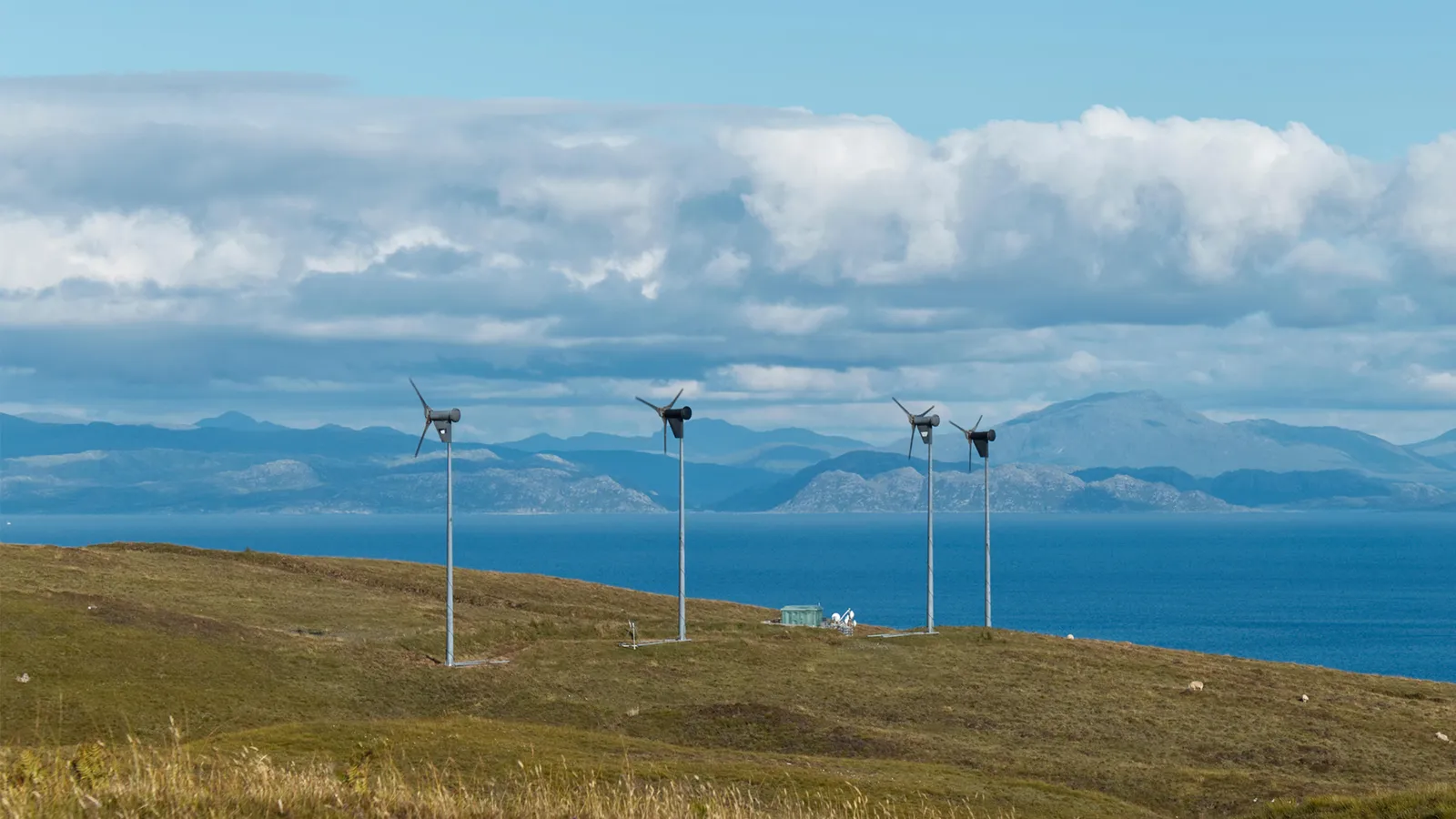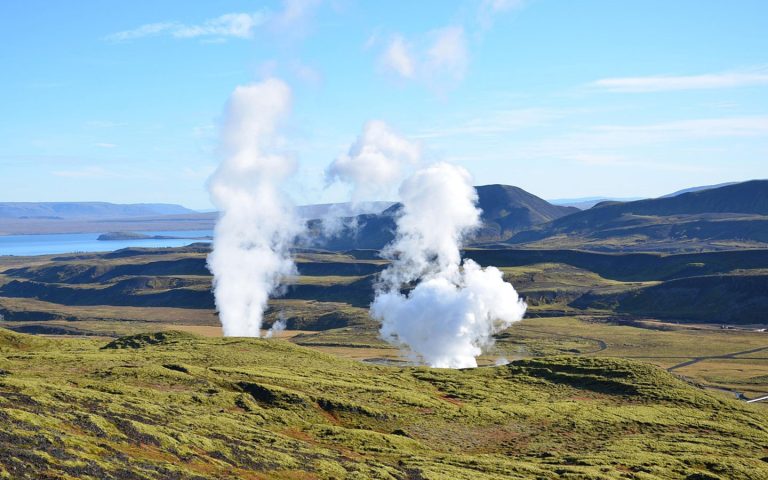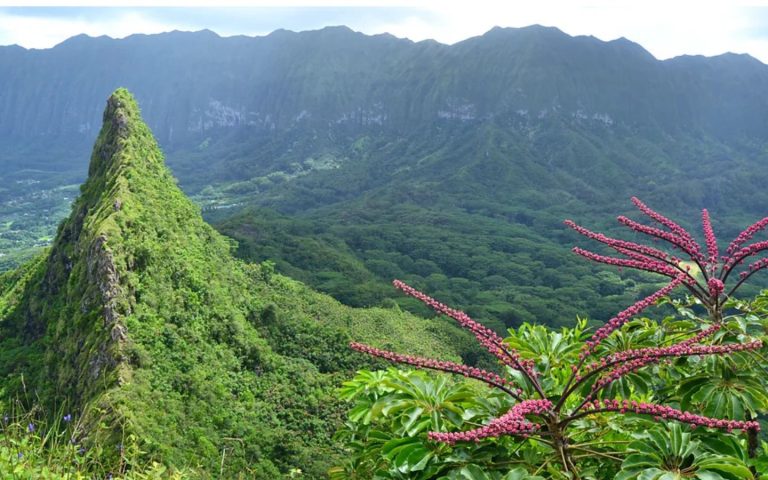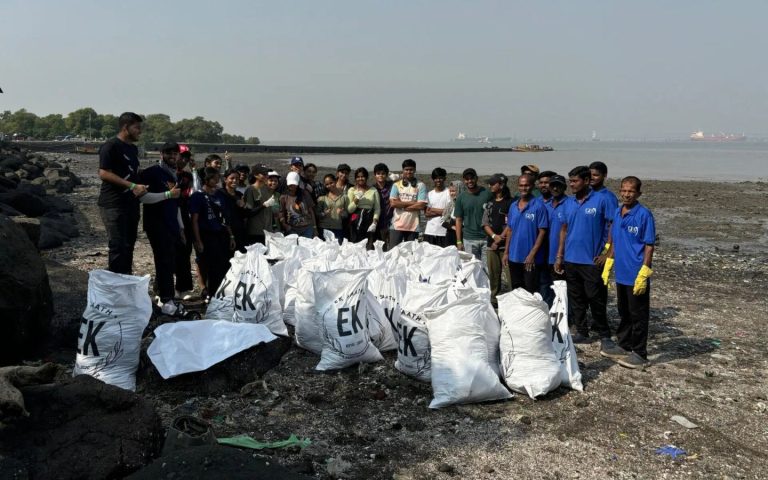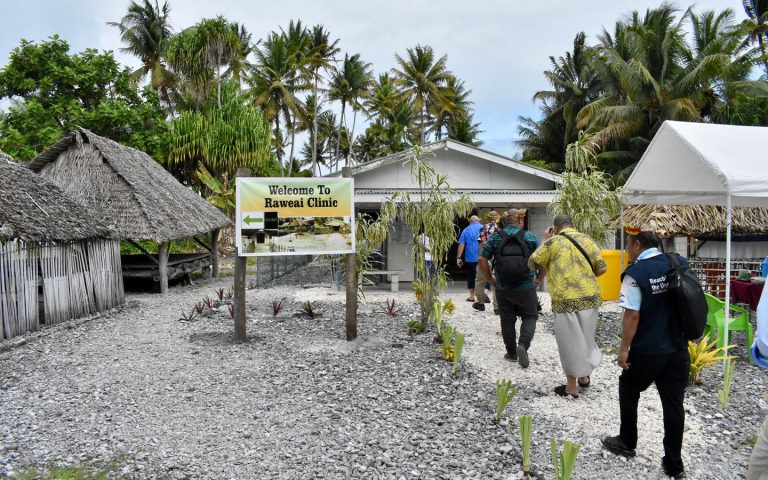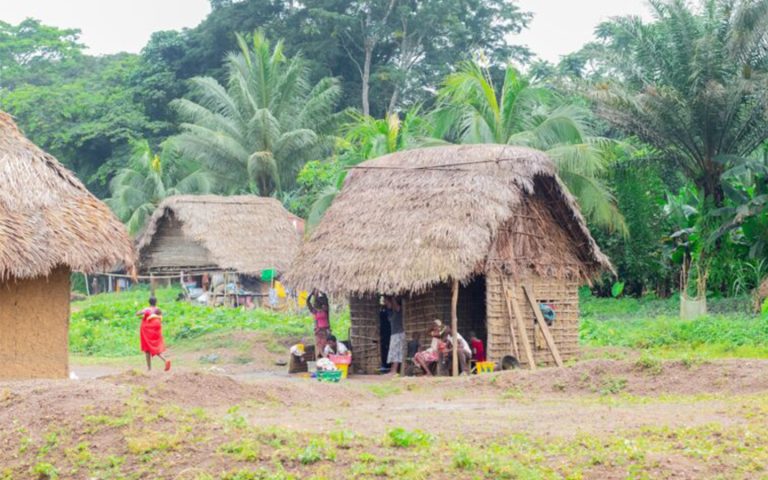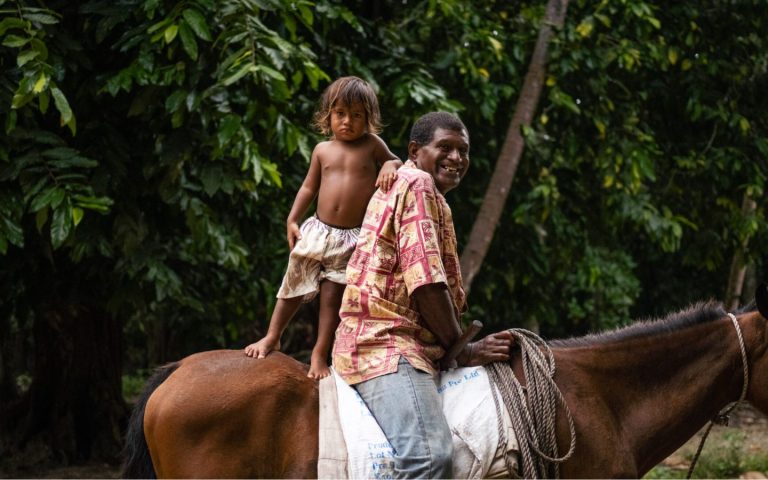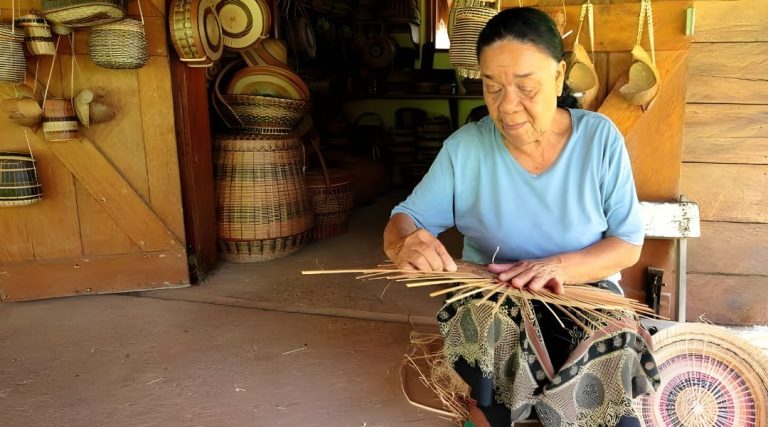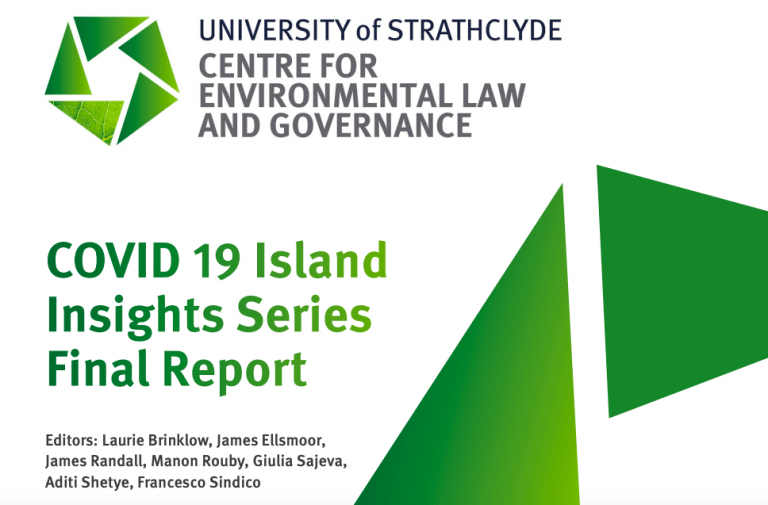Image Credit: markferguson2/Alamy. Retrieved from bbc.com
Excerpt from bbc.com
Eigg is one of a collection of islands in the Scottish Inner Hebrides called the Small Isles. It lies 15 miles from the mainland and is reliant on a ferry that runs a few times a week, weather dependent, for supplies and transport. As such, waste isn’t an option here and sustainability is a necessity.
“Sustainability has always been a part of island and crofting life here,” explained Norah Barnes, Scottish Wildlife Trust ranger on Eigg. “You’re a bit more aware of what you’re using. You can’t just go to a shop down the road to get something. Everything that we want, we literally have to lift off the boat.”
Combined, the Small Isles of Eigg, Canna, Sanday, Rùm and Muck have a population of just 150-200 people. Measuring five miles by three, Eigg is the second largest in size but by far the most populous with around 110 residents, and this has helped to foster a community that has collectively been able to take charge of the future of the island.
After a run of landlords who were either absent from the island or uninterested in its development, the residents of Eigg were convinced community ownership was the only way to guarantee the island’s future. As Maggie Fyffe, secretary of the Isle of Eigg Heritage Trust (the organisation that owns the Isle of Eigg), told me, “The island realised that we weren’t going to have much of a community unless we did it ourselves.”
When the island came up for sale in 1996, locals began raising money. “The residents contributed, and we had a big fundraising campaign. But we had the famous mystery donor who gave us a million quid in the end, and that’s what clinched it.”
Although visitors come for many reasons, Eigg is best suited to those with an interest in the outdoors. Its most famous sights are the Singing Sands beach at the north of the island that squeaks and squeals as the quartz sand is disturbed, and the towering pitchstones ridge of An Sgurr, formed some 58 million years ago from a volcanic eruption that looms over the east of the island.

